Sac State students should expect to return to campus in fall 2021, provost says
Several course options and plans for the semester provided by Sac State
Sacramento State could hold classes with at least 50% capacity in the fall 2021 semester Provost Steve Perez said in the faculty senate meeting Thursday, March 18, 2021. The Provost cited the National Institutes of Allergy and Infectious Disease director Anthony Fauci behind the reason Sac State could have a higher capacity in its classes come August. Background photo by Rahul Lal. Graphic created in Canva.
March 15, 2021
Sacramento State has begun the planning process for the fall 2021 semester, which includes course options and plans for in-person instruction.
Repopulation of the campus, according to a presentation by provost Steve Perez on March 4, includes providing schedules that contain courses that should be face-to-face, reopening offices such as student services on campus and allowing on-campus research if health and safety protocol is followed.
Perez said although the goal is to provide students with variety, many classes will be on campus.
“Students should expect that they may need to be on campus some next semester, if at all possible,” Perez said.
The fall 2021 semester will likely have at least as many students as fall 2020. “Reasonable” alternatives should be made for students, staff and faculty who are not able to come to campus according to Sac State’s assumptions for the semester in the presentation. These alternatives will potentially not be feasible.
“We hope to have at least as accurate of a schedule as we can, posted in April before students register near the end of April,” Perez told The State Hornet Monday.
Face-to-face classes will be planned as is safely feasible and physical distancing will require classroom capacities to be reduced, according to Perez. Lecture rooms will potentially have relatively small caps and the uses of other spaces will be explored.
Sac State President Robert Nelsen told The State Hornet Monday that Sac State plans to utilize the large ballrooms in the University Union to host larger in-person lectures.
RELATED: FAQ: What you need to know about the COVID-19 vaccine at Sac State
The use of labs, activity rooms and conference rooms are to be determined.
Room cleanings will be done daily before class and masks will be required. According to the presentation, the COVID-19 vaccine will not be required to take in-person classes, but requiring it may be considered if legally allowed in the future.
Ed Mills, vice president of Student Affairs told The State Hornet in February that the school would not be requiring students to be vaccinated to return but encouraged students to get vaccinated.
For the COVID-19 vaccine to be required on campus it would first have to go through a policy process to see if it is both legal and allowable to be required in the first place, Mills said.
RELATED: Sac State’s immunocompromised community reflects on a year of COVID-19
Some cohorts such as arts programs and field and lab experiences will not be able to offer fully face-to-face or fully virtual curricular pathways for all students.
Course options also known as “modalities” for the fall 2021 semester have also been provided in the instruction mode schedule course update by Sac State’s Office of the University Registrar.
In addition to synchronous and asynchronous virtual course options currently implemented due to COVID-19, the faculty senate has the options of Hybrid, HyFlex, and HerkyFlex courses.
The terms defined by Robert Esguerra, Sac State’s business system analyst, are as follows:
-
Hybrid: Meets partially online and partially in person. Some class meetings are held in-person as scheduled and the remainder of the class is conducted online synchronously or asynchronously. Students are recommended to refer to the course’s syllabus for details. Internet access required.
-
HyFlex: Enables students to choose between three modes of instruction: in-person, online synchronous or online asynchronous. Students have a choice about how they will engage in their learning: they can choose to attend the real-time on-campus class session, attend the real-time class session via Zoom, or they can choose to take the class fully asynchronously. Ideally, students are able to choose which format they prefer for each scheduled class session.
-
HerkyFlex: Enables students to choose between two modes of instruction, in-person, or synchronous online. HerkyFlex is a modification of the HyFlex format. Each class section and learning activity will be offered in-person in an on-campus classroom and simultaneously online. All instruction takes place at a predetermined scheduled time.
The instruction mode pictured how students can search on their Student Center for courses that fit their preferred modality.
Story continues below the image.
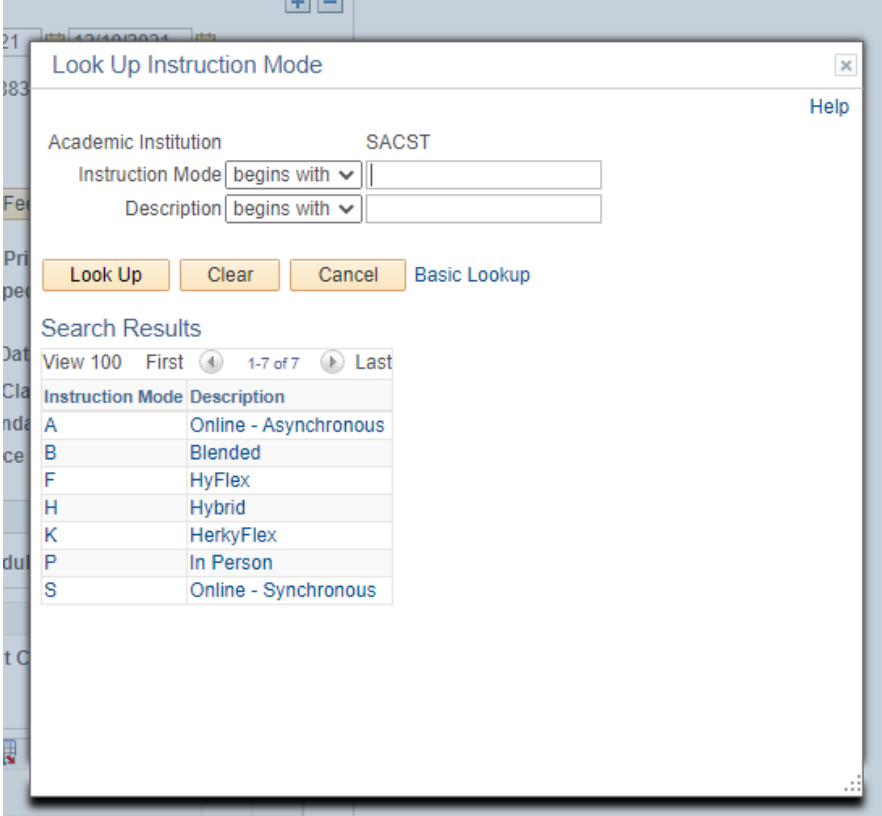
These modalities will be reviewed by the department chairs and program directors so they can determine which sections, courses and times will be offered, according to Perez. Students will have a choice in what classes they sign up for based on the posted modality before the semester begins.
“They’re [department chairs] responsible for giving input on the schedule,” Perez said. “The deans are the ones that actually do the finalization of the schedules but it’s with heavy input from our chairs.”
RELATED: EDITORIAL: Please, get the COVID vaccine
“It’s likely there’s going to be some adjustments made just based on if you look back what’s happened in the last six months,” Perez said. “…There’s been a lot of changes in what we know and what we can expect and so I think things look relatively good for fall.”
Additional reporting by Camryn Dadey.



















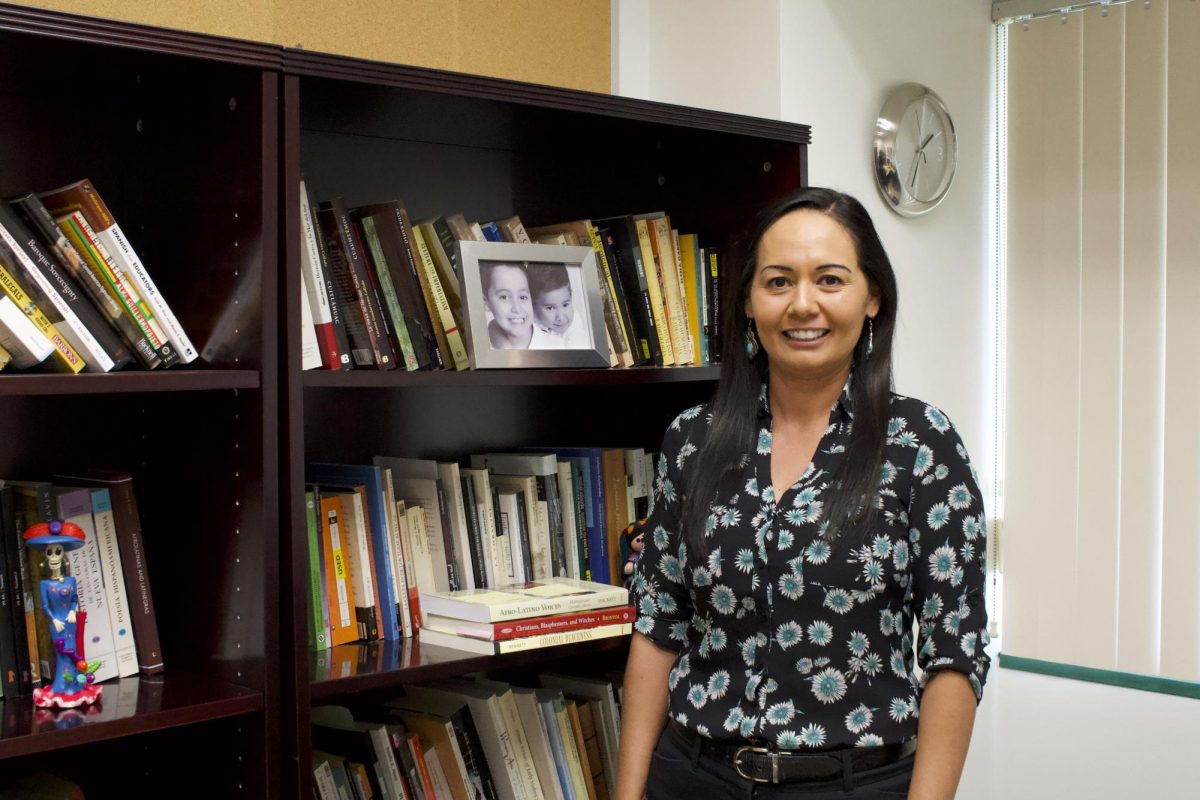


















































































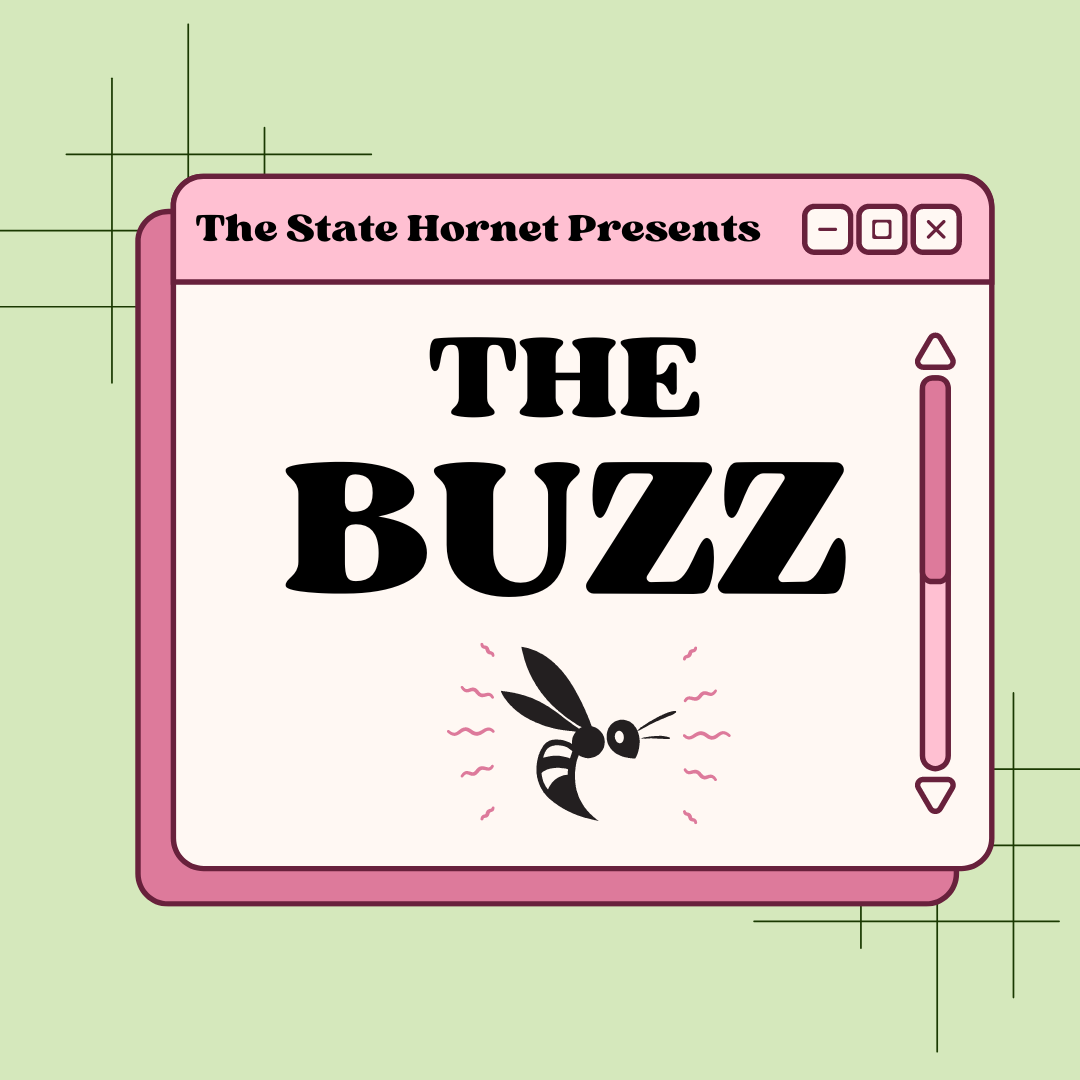



















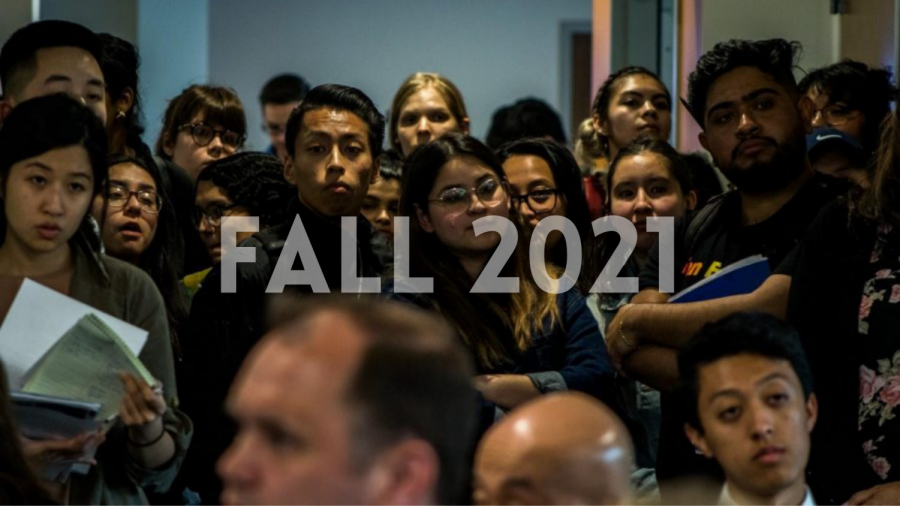
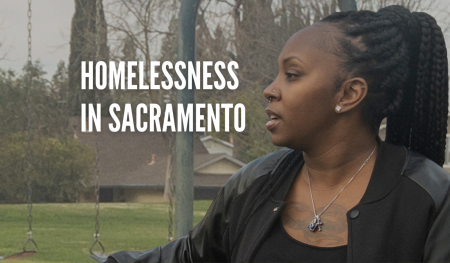
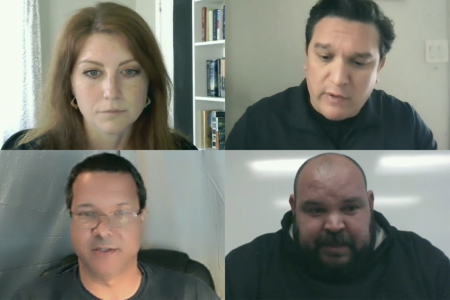
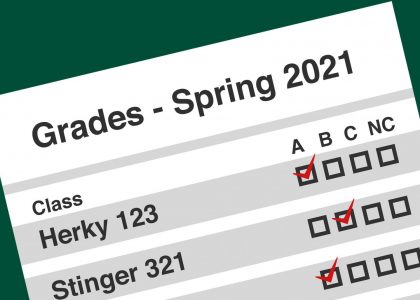
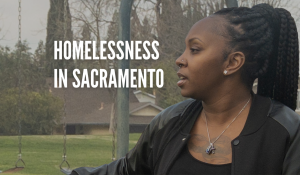
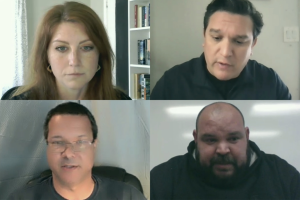
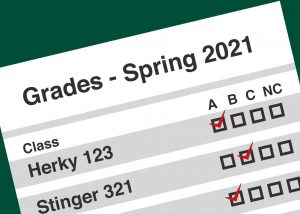
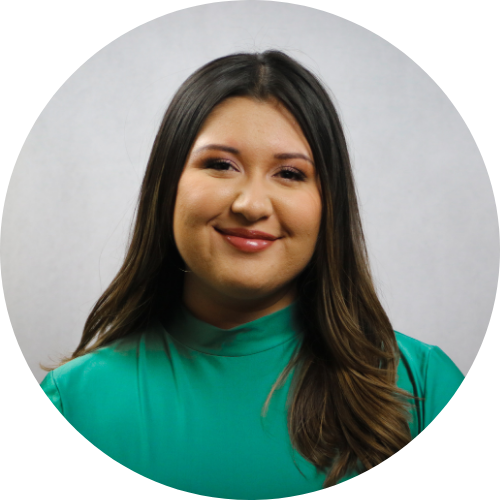




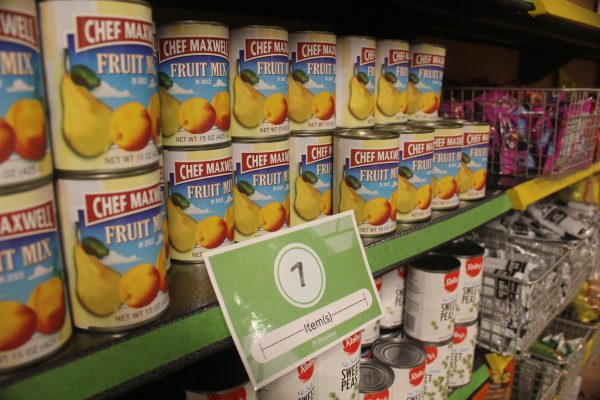
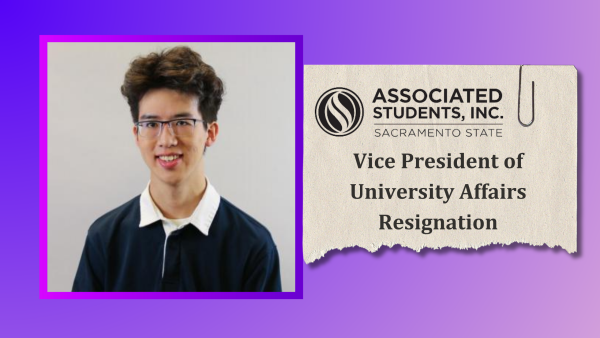
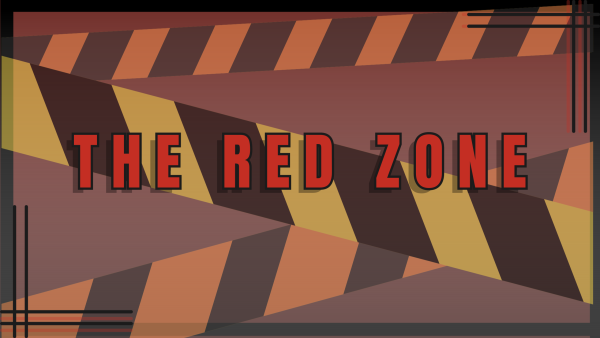
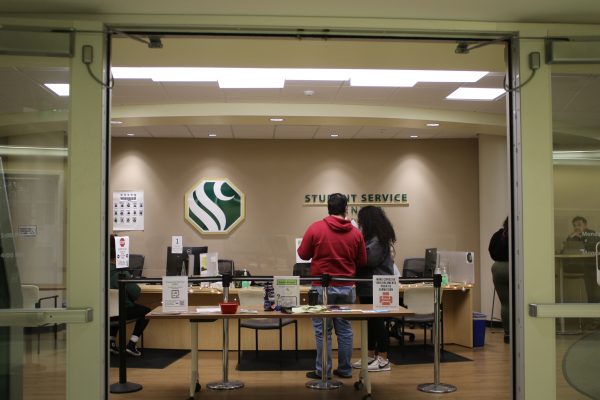
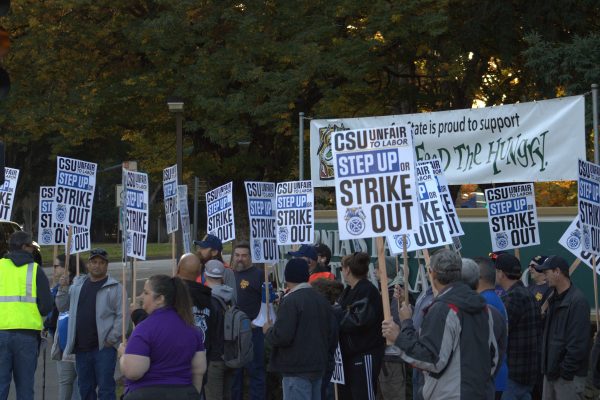
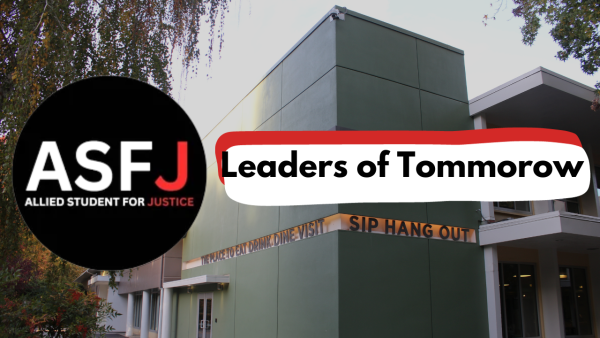
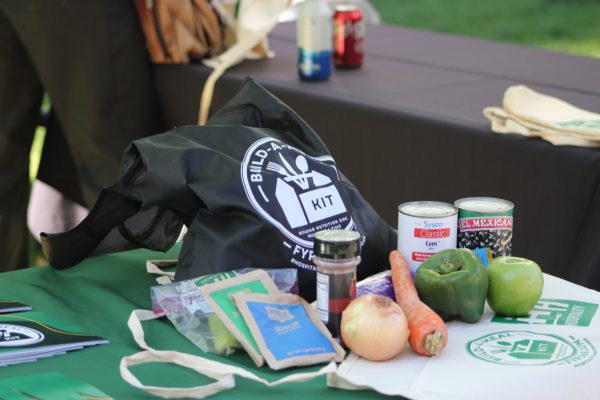
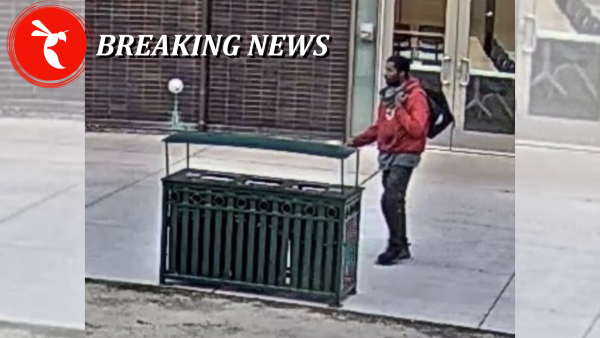
Marissa Yudien • Apr 8, 2021 at 9:20 am
What happens to students that do not have a way to get to campus. I had to move home and I do not have funds to get housing in Sacramento (on or off campus). Are all classes going to offer in person and online? It does not seem like the students were actually thought about during this decision. Many students moved hours away and even out of state. Im concerned that some classes will not offer online.
Nancy Stern • Mar 18, 2021 at 4:20 pm
I don’t understand why teachers were given the option of teaching their class virtually or by handing out a syllabus. One involves real interaction and the other involves just reading. Some people are auditory learners and would have problems with a list of books. Furthermore it was not possible for the student to find out how the class was going to be taught in the first place.
Please tell me the justification for that decision on the part of the University.